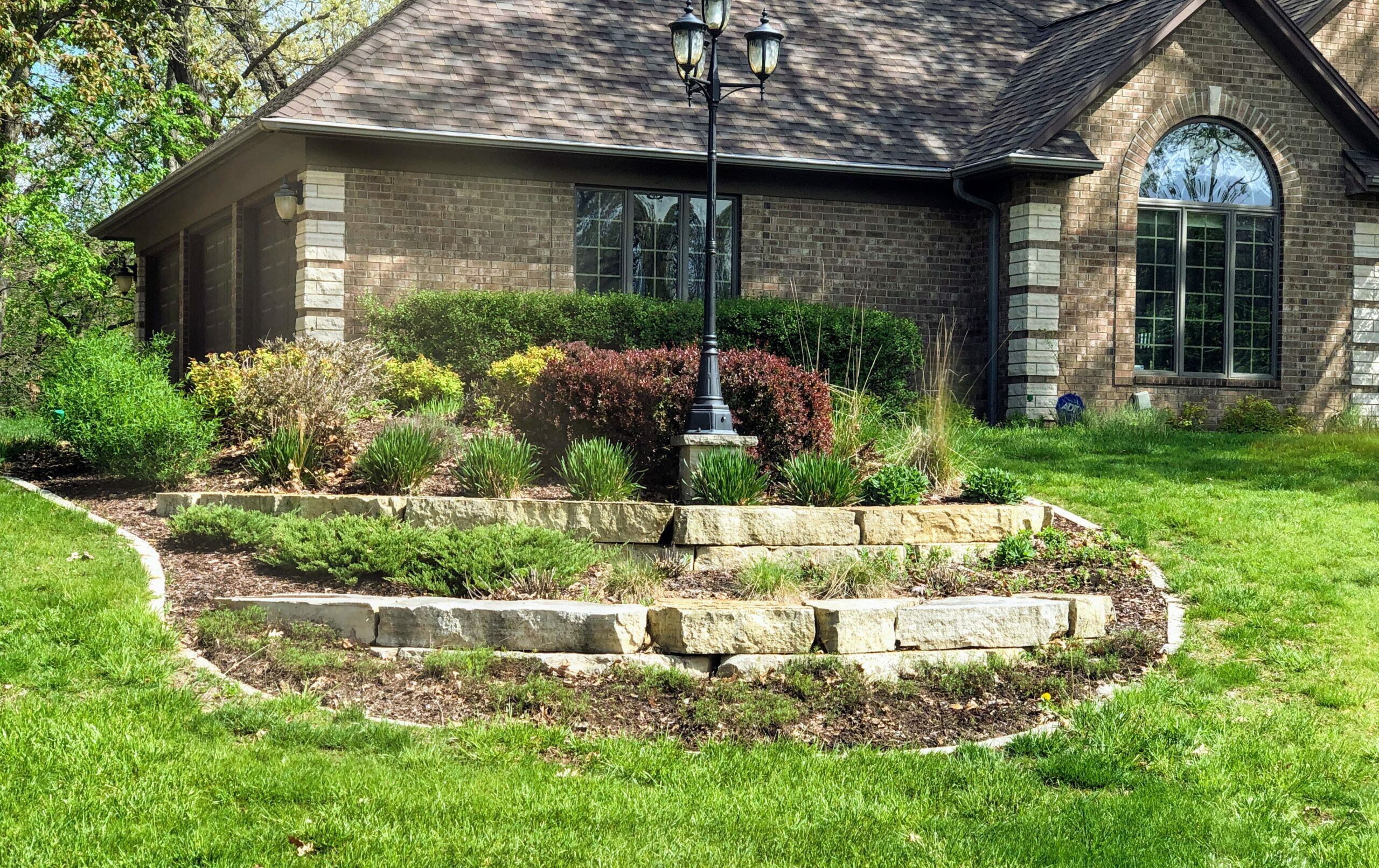
Using Hardscaping Elements to Add Interest to Your Landscaping Design
A well-designed landscape is not only beautiful but also functional. While plants and flowers are an essential component of landscape design, hardscaping elements are equally important. Hardscaping refers to the use of non-living elements in landscaping design, such as rocks, pavers, retaining walls, and water features. In this blog post, we will explore how hardscaping elements can be used to add interest and beauty to your landscape design.
Define the Space
The use of hardscaping elements is particularly useful when defining specific areas in your outdoor space. For instance, a retaining wall can be used to separate a seating area from a flower bed, or a paved walkway can help guide visitors through your garden. Believe Hardscape can help with making use of hardscaping elements to create defined spaces that are both functional and aesthetically pleasing.
Add Texture
Hardscaping elements can also add texture to your landscape design. For instance, you can use rocks and stones to create a natural-looking border around your garden beds. Similarly, you can use different-sized pavers to create a unique and eye-catching pathway. The texture provided by hardscaping elements can add depth and dimension to your landscape design, making it more visually appealing.
Create Focal Points
Water features, such as fountains or waterfalls, can be used to create a focal point in your landscape design. These elements not only add visual interest, but they also provide a soothing sound that can help create a tranquil atmosphere in your outdoor space. Believe Hardscape can help with placing a water feature to help attract wildlife, such as birds and butterflies, to your garden, making it a more vibrant and dynamic space.
Add Height
Hardscaping elements can also be used to add height to your landscape design. For instance, a retaining wall can be used to create a raised flower bed, providing additional depth and dimension to your garden. Similarly, a trellis or pergola can be used to create a vertical element, which can add interest and beauty to your outdoor space.
Increase Functionality
Hardscaping elements also increase the functionality of your outdoor space. For instance, a paved patio can provide a flat and stable surface for outdoor furniture, making it easier to entertain guests in your garden. Similarly, a fire pit or outdoor kitchen can make your outdoor space more usable, particularly during the cooler months. Let Believe Hardscape help design and install a functional space that you can use for years to come. In conclusion, hardscaping elements are an essential component of landscape design. They can be used to define space, add texture, create focal points, add height, and increase functionality. By incorporating hardscaping elements into your landscape design, you can create an outdoor space that is not only beautiful but also functional and enjoyable to use. Whether you’re starting from scratch or looking to update your current landscape design, hardscaping elements are a great way to add interest and beauty to your outdoor space.
